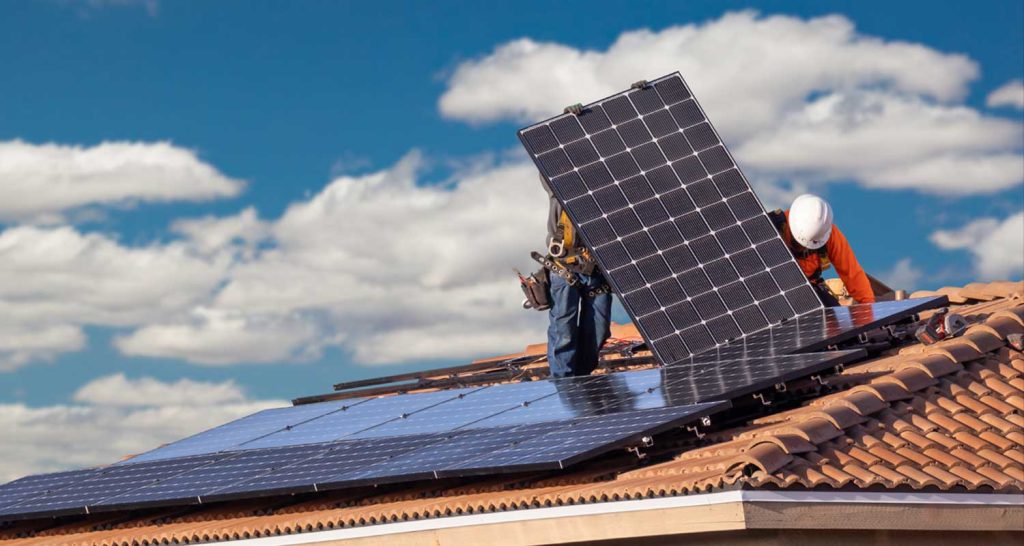Residential solar demand surges as homeowners race to capture the 30% federal tax credit.
Installers brace for a sharp slowdown once the credit ends, threatening jobs and industry growth.
Federal policy uncertainty—tariffs, funding programs, and shifting incentives—adds to business volatility.
Montana Busch built his solar company on the promise of steady incentives and rising demand. This summer, that promise is colliding with political reality.
Busch, who founded Alternative Energy Southeast as a teenager in 2007, says his firm has been flooded with calls from homeowners eager to install panels before a key federal tax credit vanishes at year’s end. “We’ve sold a record number of projects in the past few weeks and, you know, it’s great in a lot of ways, but it’s also a big challenge for a business to ramp up and ramp down,” Busch said.
The 30% credit for residential systems—long a cornerstone of U.S. solar adoption—was eliminated nearly a decade early under President Donald Trump’s 2017 tax law. While third-party leasing companies can still claim the credit through 2026, homeowners cannot. Busch says demand jumped “three to fourfold overnight” once word spread of the looming deadline.
He isn’t celebrating. “Solar provided means for someone like me … to build a business from the ground up, i.e. the American Dream, right?” he said. “But our own government is against our industry.”
RELATED ARTICLE: Advanced Power Acquires Solar Energy Tax Credits, Solidifying Clean Energy Vision
EnergySage, a solar marketplace, reports a similar surge. Registrations from prospective customers jumped 59% from June to July, according to Emily Walker, the firm’s director of content and insights. “We have seen some of our biggest weekly registration numbers in our entire history since the company was founded in 2014,” she said.

But contractors aren’t optimistic about what comes next. In a recent EnergySage survey, more than 90% of installers said losing the tax credit would harm their business. Nearly two-thirds expect “dramatic harm,” and one in four said they would consider leaving the industry altogether. “Pretty striking numbers in terms of the effect that this is going to have,” Walker said.
The uncertainty stretches beyond tax policy. Installers are navigating tariff swings and the fragile rollout of Solar For All, a $7 billion federal program meant to expand solar access. The program had just launched in Georgia to strong demand, but its long-term future is in question.
Nationwide, about 280,000 people worked in solar in 2023, according to the Interstate Renewable Energy Council. For many of those jobs, the coming year could determine whether the boom lasts—or busts.
Follow ESG News on LinkedIn

